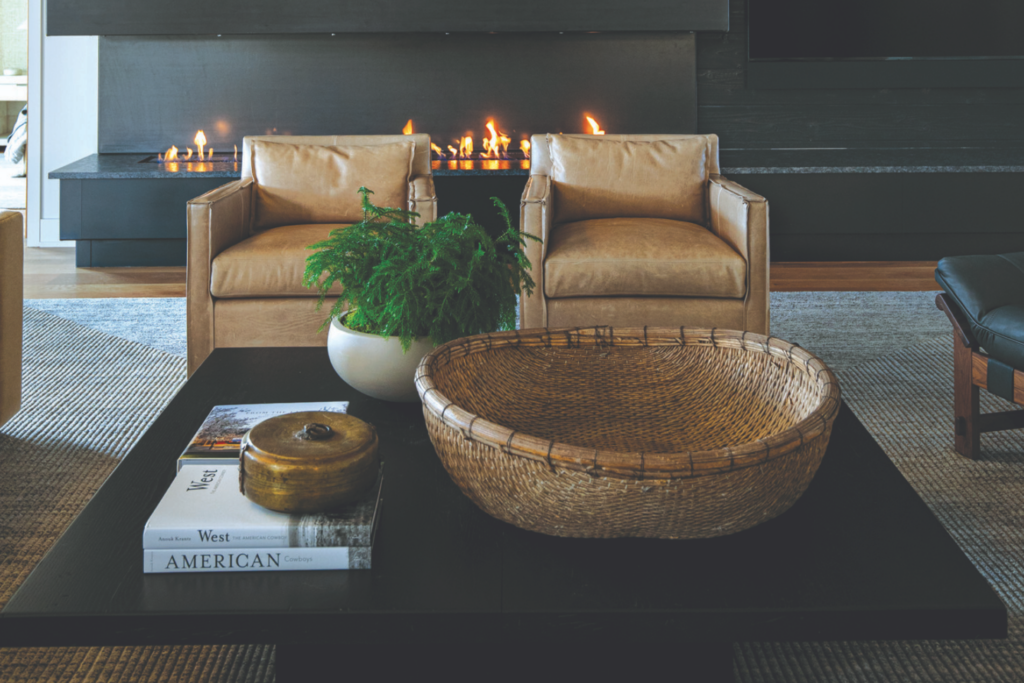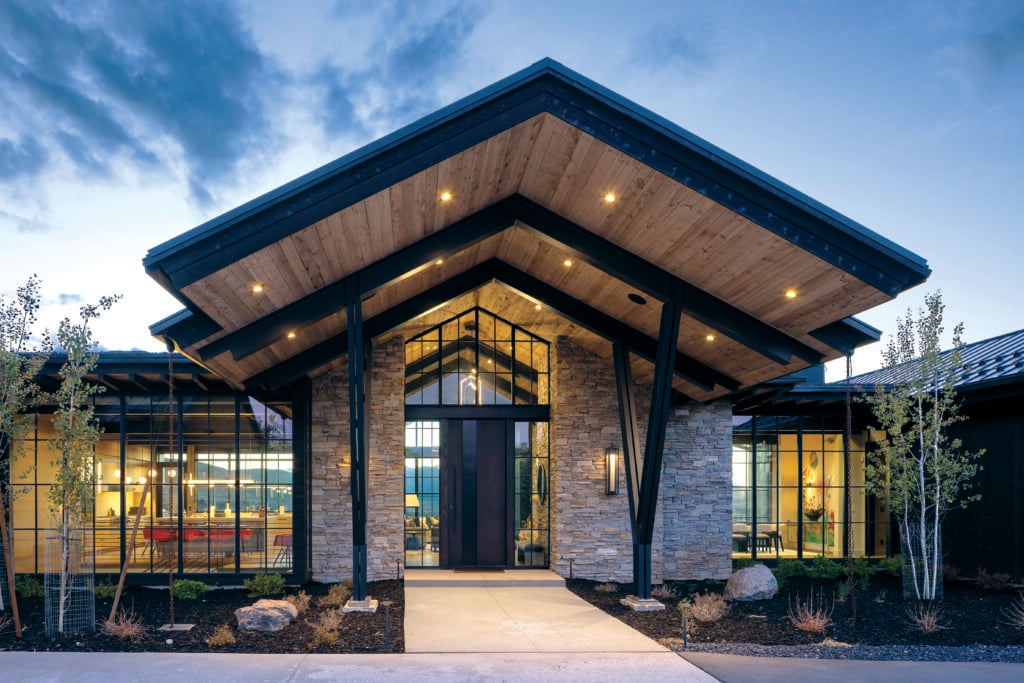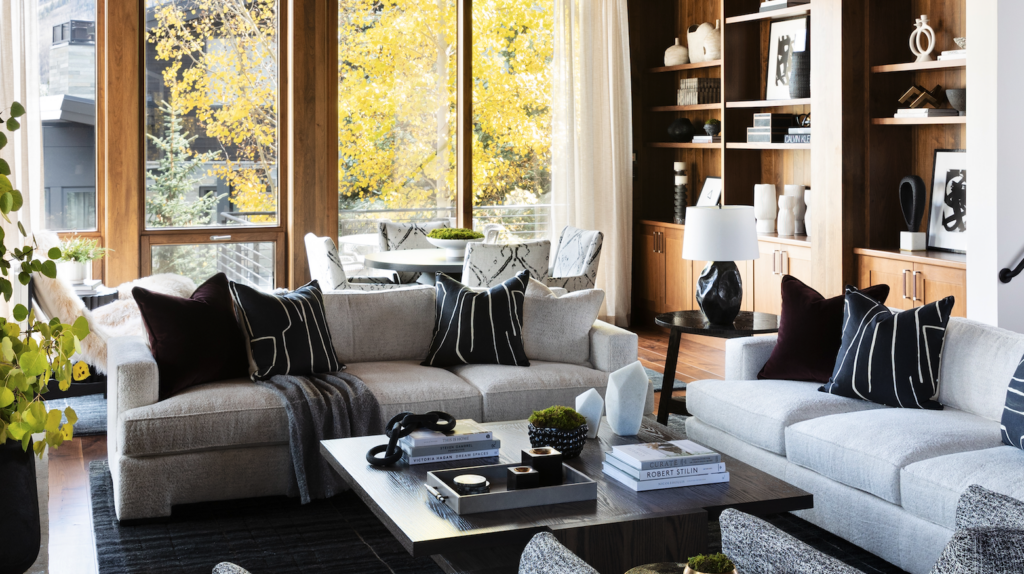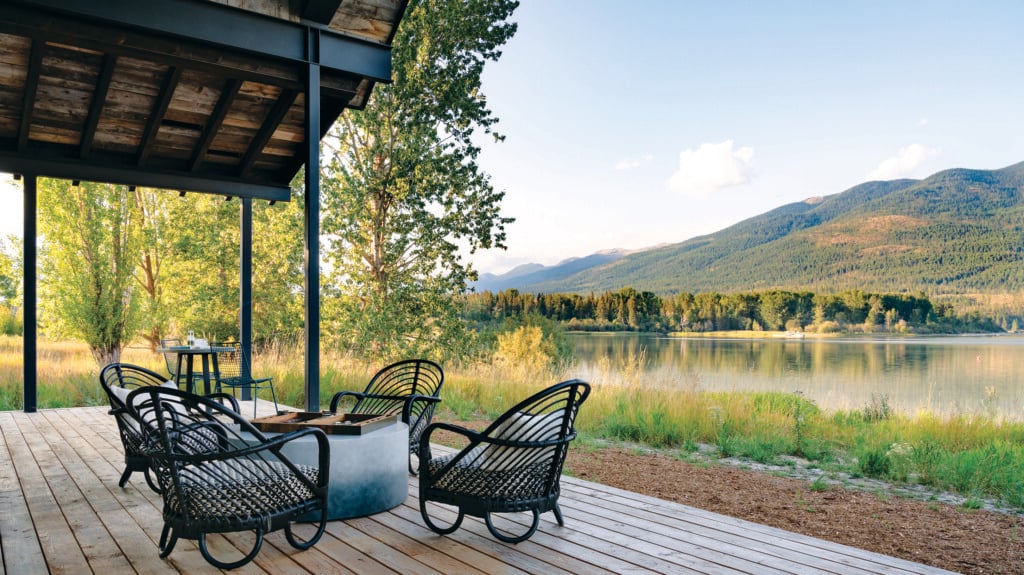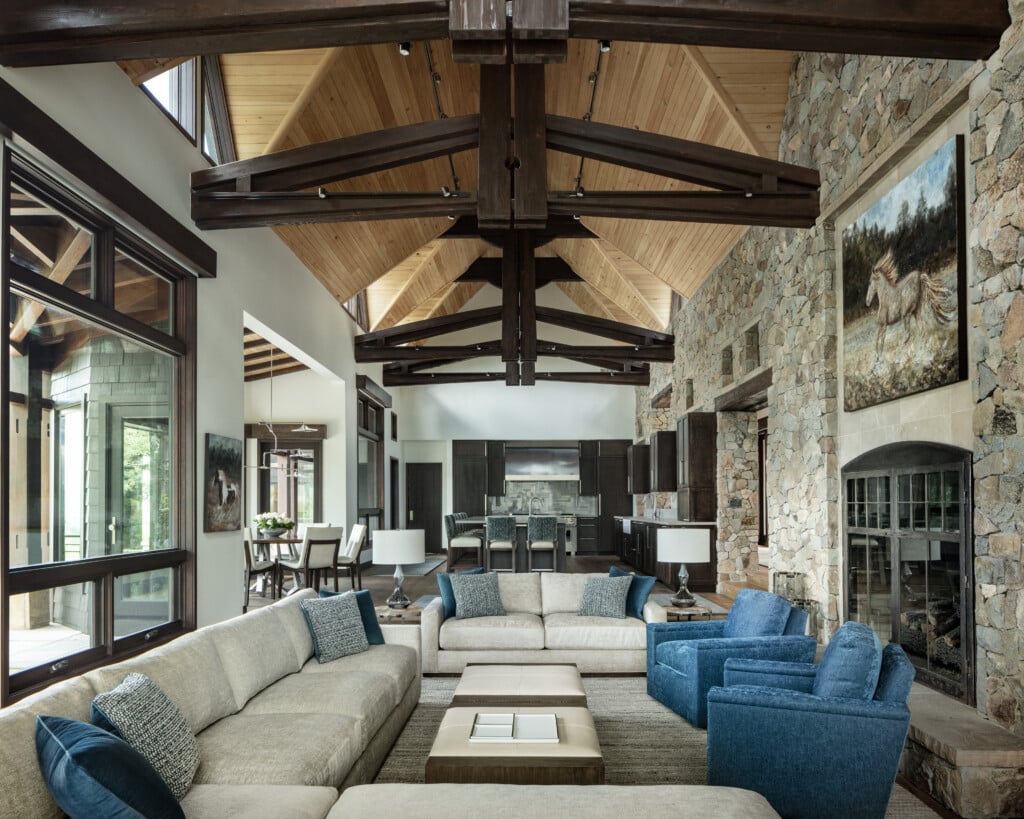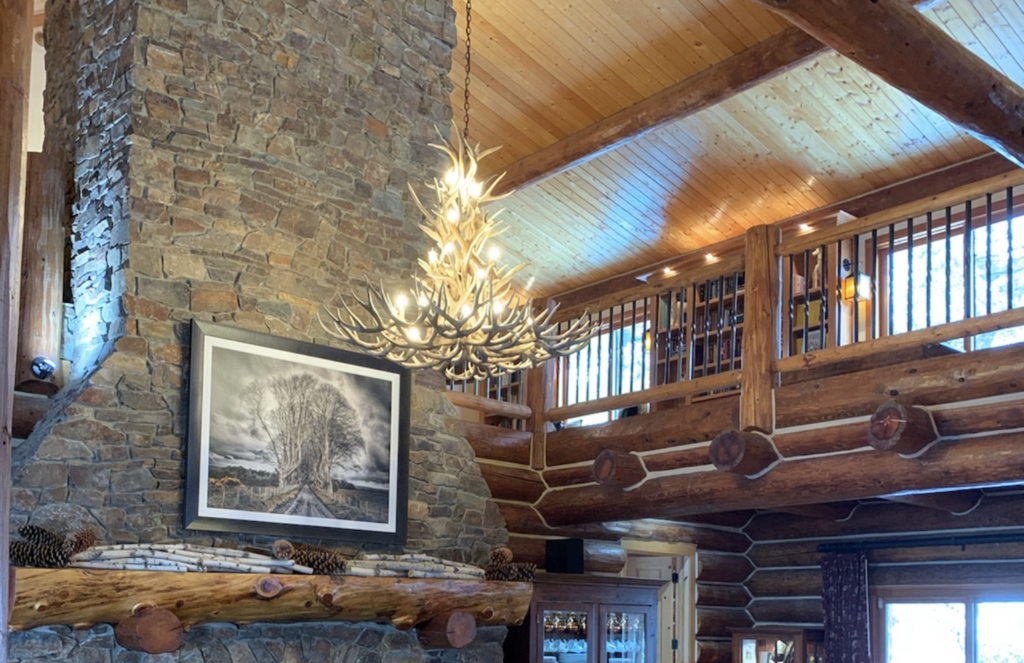The Future of Mountain Home Comfort with Smart Home Technology
Smart home innovations with Vision 3D

Feeling “at home” means having everything just the way you like it. Vision 3D takes that to the next level. From smart lighting to automated home theaters and motorized shades, they develop systems that augment the meaning of being “at home” | Photo Max Laub
Picture the comfort of a home that helps out: the shades roll up when you get out of bed in the morning, the lights turn on before you need them and change hue depending on the time of day, and the stove lets you know if you forget to turn it off after you cook dinner. Features that used to be science fiction are now accessible and energy-efficient. Max Laub and Nikita Novokhatniy, childhood friends from Portland, Oregon, started Vision 3D Smart Home to bring that comfort into Western homes. Running a successful smart-home business in their early twenties, the two wunderkinds are laser-focused on making life easier and safer for homeowners through the latest technology.
We met the entrepreneurs at the 2023 Summit County Parade of Homes, where the home they entered, built with many of these features, won the award for best interior finishes in the 5,000-6,000 square foot category. Mountain Living talked with them about the future of smart-home technology.

Vision 3D removes the need for eight different remotes, allowing control of audio, video and lighting systems from a single place. | Photo Max Laub
ML: How did Vision 3D get its start?
Novokhatniy: We’ve always had a keen interest in tech- nology, so we started tinkering and installed a lot of smart-home things in our own houses for fun, like internet and smart lighting. We wanted to see how we could inno- vate and improve on what was already out there.
Laub: We’re also developers in Colorado as Vision 3D Real Estate, building our own custom homes, which allows us to use as many recent technologies and innovations as possible.

“You can preheat your oven with the touch of a button,” says Novokhatniy. “And you’ll never forget to turn it off again, because it’ll let you know.” | Photo Max Laub
ML: Tell us about what a smart home is and what it can be.
Laub: At the most basic level, it’s having devices that you can control in an app or voice assistant. That would be things like turning on lights or dimming them from anywhere, or motorized shades that can roll up and down on their own. But when you dive a little deeper, there’s
so much more a smart home can do. We can automate not just lights, but TVs, garage doors, security systems, thermostats, breaker panels, outlets, speakers, fireplaces, hot tubs, pools, gates. It might sound complicated, but for the homeowner it’s seamless. They’ll have an extremely simple, extremely personalized experience.

“You can monitor the power consumption of every bulb,” says Laub. “Motorized shades automatically roll down on the sunny side, blocking heat, which reduces air conditioning use. They can pull from weather data, so they won’t roll down if it’s a cloudy day. It’s extremely low-power and energy-efficient.” | Photo Max Laub
ML: Do you need to be a “techie” to use the app?
Novokhatniy: You can set basic schedules for appliances from your phone, like if you want your lights to go on at 7 a.m. every day. For Vision 3D, all these appliances are controlled by one system: Control 4. It talks to the different hardware through one app. We put a server in your home and create your own cloud so you have full control over your data, and the only person able to access it is you, the owner. Not only is it super convenient, but it can save money, and it also has environmental effects. If you can control all those
ML: What’s on the horizon for Vision 3D?
Novokhatniy: Vision 3D Real Estate’s current project—the second home we’ve built—is 12,000 square feet. It will have a 20.4 kW solar array that generates 21,530 kWh per year. The home’s estimated energy usage is just under 16,000 kWh per year, so it’ll produce about 4,500 kWh annually more than it will use. [The average US household consumes about 800 to 1,000 kWh per month.] Laub: Our goal is to keep making the most recent innovations accessible and to deliver the highest-quality product possible. That’s from the design stage all the way down to details like running wires and installing light switches. things or set them on schedules, it uses less energy. Anyone who’s interested to see for themselves can make an appointment and visit the first house we developed, our show home. It’s a great opportunity to walk around and experience firsthand how all these features make life easier.

In the spa, smart home features allow you to control the temper- ature and preheat the sauna on your way home from the slopes. “You can really control how you live in your house,” says Laub. | Photo Max Laub
Note: When Laub and Novokhatniy aren’t building homes or installing smart home technology, they are finishing their college degrees, projected to graduate in 2025.
vision3drealestate.com
As seen in ML’s January/February 2024 Issue


